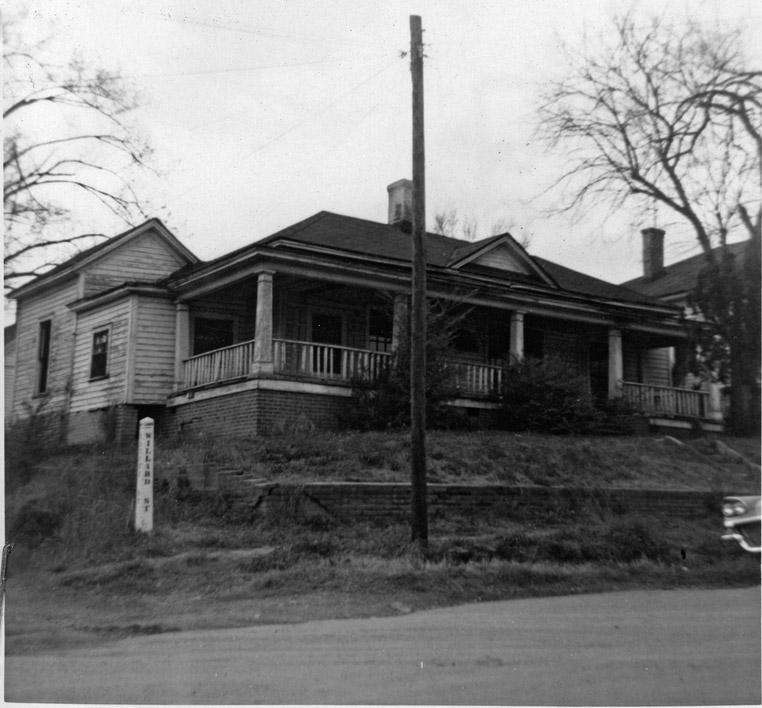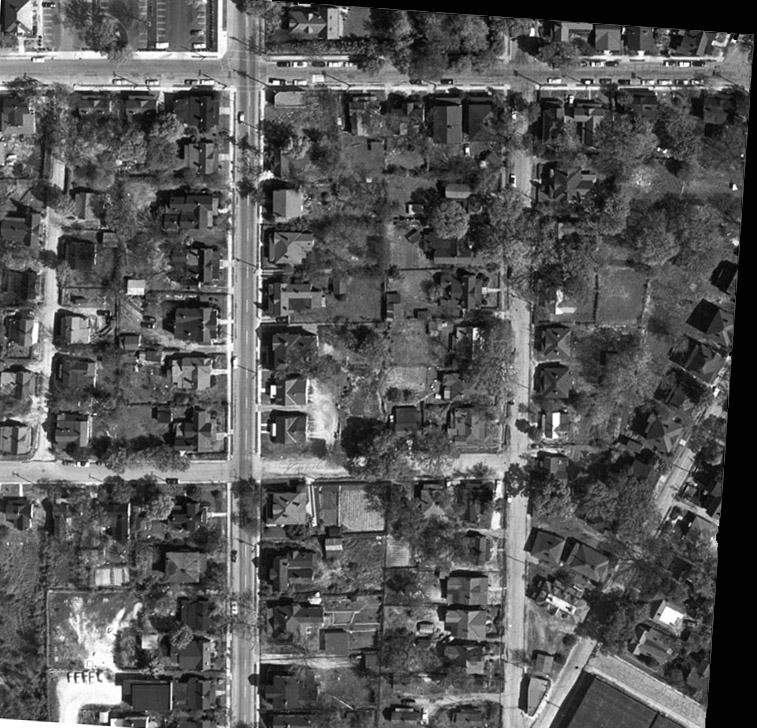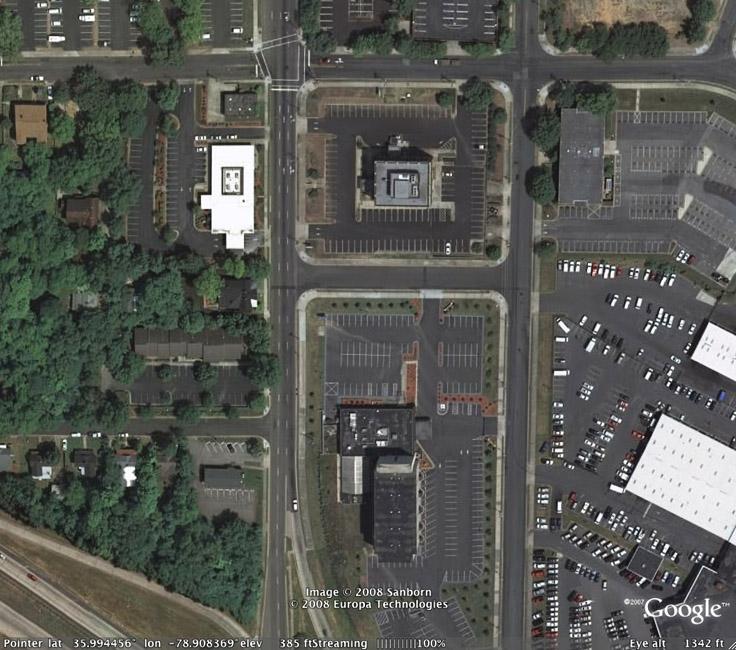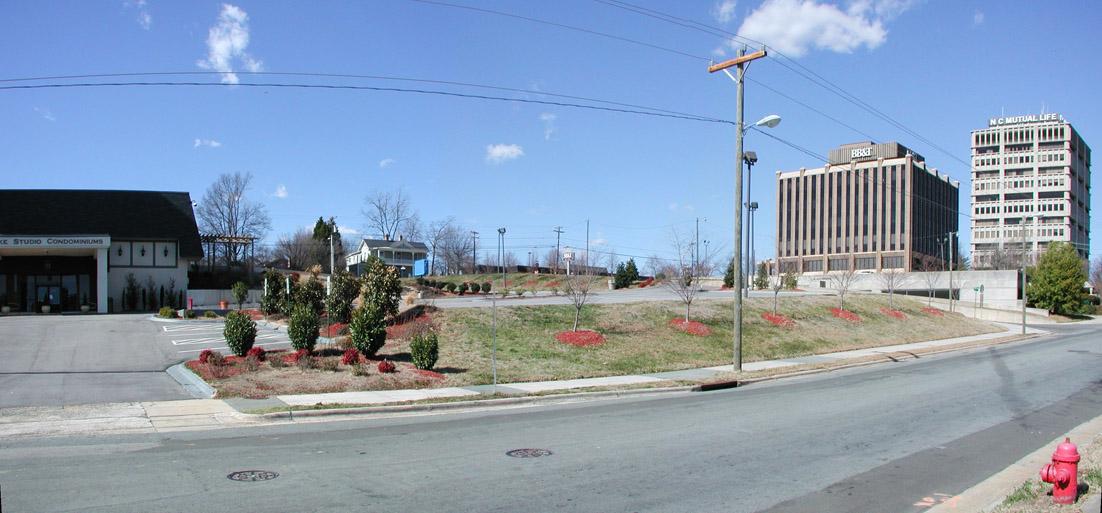Support OpenDurham.org
Preserve Durham's History with a Donation to Open Durham Today!
OpenDurham.org is dedicated to preserving and sharing the rich history of our community. Run by our parent nonprofit, Preservation Durham, the site requires routine maintenance and upgrades. We do not ask for support often (and you can check the box to "hide this message" in the future), but today, we're asking you to chip in with a donation toward annual maintenance of the site. Your support allows us to maintain this valuable resource, expand our archives, and keep the history of Durham accessible to everyone.
Every contribution, big or small, makes a difference and makes you a member of Preservation Durham. Help us keep Durham's history alive for future generations.





Comments
Submitted by Anonymous (not verified) on Mon, 3/10/2008 - 12:55pm
The contrast between those two overhead shots is probably the most striking of any that you've shown here. Quite dramatic, actually.
I clearly need to learn more about Urban Renewal (it was a bit before my time) since it seems to have had such a real impact on the lives of so many who have largely been denied a chance to speak about those experiences. A question, though: were Urban Renewal funds used to do anything that positively impacted the lives of Durhamites? From the looks of those two overheads it's hard to imagine.
Thanks for the great work!
Submitted by Sean Wilson (not verified) on Mon, 3/10/2008 - 1:38pm
anon got it right...this one is devastating.
Drat, now I've got a case of the Mondays!
Submitted by Jeremy T (not verified) on Mon, 3/10/2008 - 5:50pm
I agree, the contrast between the before/after aerials here is amazing.
Sometimes I can understand (if not agree with) the reasoning behind the various urban renewal initiatives, but in this case I'm dumbfounded. While it's pretty clear from the "before" photos that there was a substantial degree of decay in these residential neighborhoods, was replacing them with such massive expanses of asphalt really the best idea that came to the table? Surely somebody must have stopped to ask if the resulting reduction in residential density could ever have supported life downtown.
In this case it's made even worse by the fact that those "luxury condos" now sit empty, nothing more than a blight themselves. As offensive as Univeristy Ford is, at least it's still in use.
Add new comment
Log in or register to post comments.